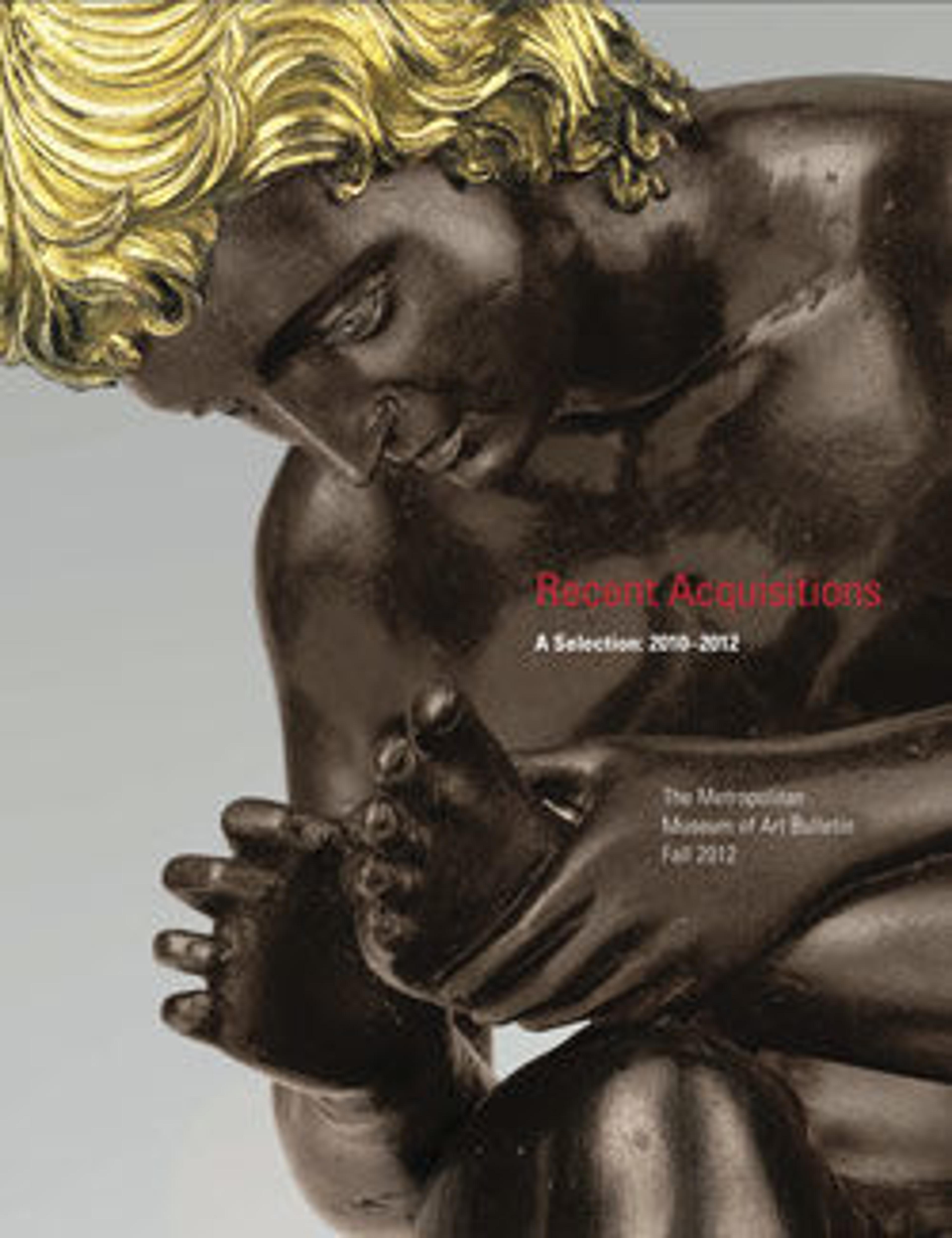Hagar and the Angel
Maffei lived and worked in the Italian cities of Vicenza and Padua, but was profoundly influenced by Venetian painting. At its most characteristic, his elegant vision veers into the mannered elongated figure types and loose brushwork seen in this painting above the doorway. This scene from the biblical book of Genesis shows the angel appearing to Hagar, an enslaved woman in Egypt. Banished with her infant Ishmael to the desert by her new husband, Abraham, Hagar was allegedly saved by a heavenly creature who directed her to a spring of water.
Artwork Details
- Title: Hagar and the Angel
- Artist: Francesco Maffei (Italian, Vicenza 1605–1660 Padua)
- Date: ca. 1657
- Medium: Oil on canvas
- Dimensions: 41 3/4 x 54 in. (106 x 137.2 cm)
- Classification: Paintings
- Credit Line: Bequest of Anna Mont, in memory of Frederick Mont, 2010
- Object Number: 2012.100.1
- Curatorial Department: European Paintings
More Artwork
Research Resources
The Met provides unparalleled resources for research and welcomes an international community of students and scholars. The Met's Open Access API is where creators and researchers can connect to the The Met collection. Open Access data and public domain images are available for unrestricted commercial and noncommercial use without permission or fee.
To request images under copyright and other restrictions, please use this Image Request form.
Feedback
We continue to research and examine historical and cultural context for objects in The Met collection. If you have comments or questions about this object record, please contact us using the form below. The Museum looks forward to receiving your comments.
